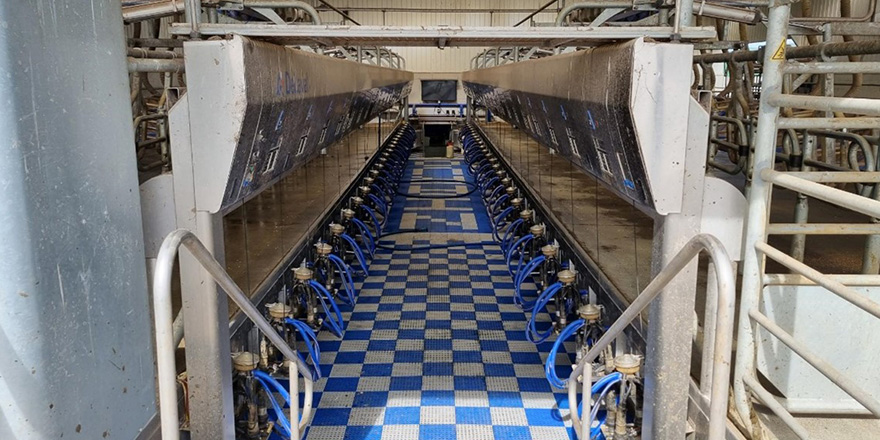Executive summary
With debate surrounding the structure and strategy of the New Zealand red meat industry, the time is right to explore constructs around the market orientation and performance of New Zealand sheep and beef farmers. Market orientation was determined by studying customer orientation, competitor orientation and inter-functional coordination. These factors were considered alongside cooperative membership, level of education attained and ownership of sheep through the marketing channel.
Results indicate that there are some very moderate differences between cooperative and non-cooperative members, though there was no statistical difference between various levels of education attained and ownership of sheep through the marketing channel using principal components analysis, MANOVA and discriminant function analysis.
Redundancy analysis was used to analyse the variability in market orientation in relation to ten variables being price, production, quality, relationships, planning, innovation, learning entrepreneurship, trust and commitment. Planning, performance and relationships were the most powerful variables. The theoretical framework and model was applied to a usable sample of 131 sheep and beef farmers from all regions of New Zealand and is a study which is a preliminary step to gain insights for more in-depth empirical research in the near future.
Ange McFetridge, MacFetridge



